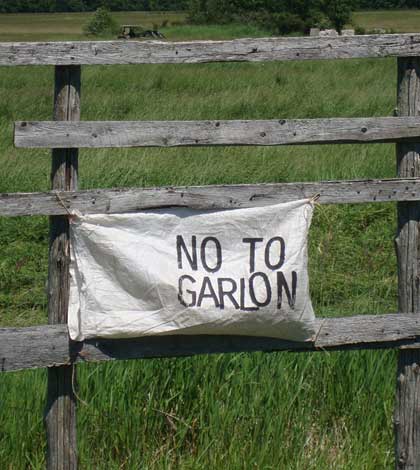To the Expositor:
Bravo to Rob Coulter and the Lake Manitou Area Association for the letter explaining some of the science behind the declaration of Lake Manitou as “at capacity for development” (‘Lake Manitou Association explains science behind declaration’, November 23, page 4). Science has been missing from the public discussion until now. Lake Manitou is special. It’s the only lake on Manitoulin Island deep enough and cold enough to be considered a “lake trout lake.” But in recent years the levels of dissolved oxygen in the depths of the lake haven’t met the 7 mg/litre level needed for the normal growth of juveniles. More development sets off a chain of events. Basically, lakeshore development results in more sewage from septic systems, which eventually ends up as more phosphorus in the lake. More phosphorus feeds more algae which die and fall to the lake bottom. In the decay process, bacteria in the decaying algae consume oxygen in the water near the lake bottom where the lake trout roam. Too many bacteria will bring the oxygen below the level needed for a healthy lake trout population. It all starts with sewage, and it appears that the only viable way to keep the sewage load in check is to halt development.
Mr. Coulter has advanced the discussion, but it would be helpful to have more detailed information on the scientific studies, for example what are the effects of various levels of dissolved oxygen over time, is the warmer weather in recent years affecting oxygen levels, where and when does Lake Manitou fall short already? For people to recognize and engender the will required to preserve this special lake, they need more information on what is happening to it and why it’s worth preserving, or at least do our best to prevent further deterioration.
Thanks, Jan McQuay Mindemoya




